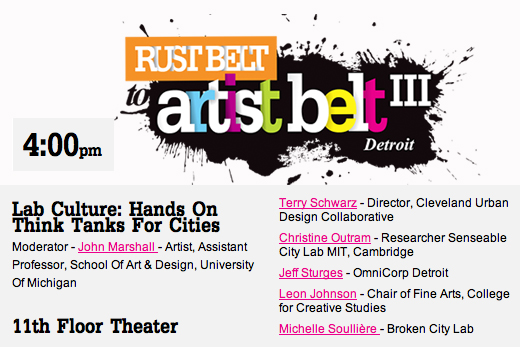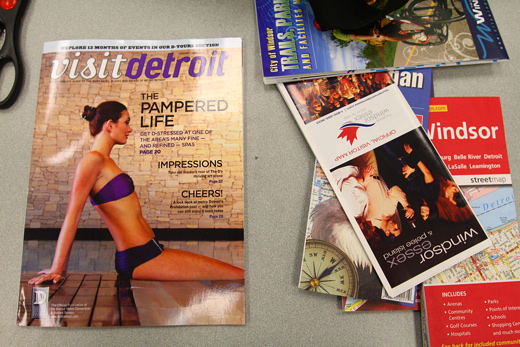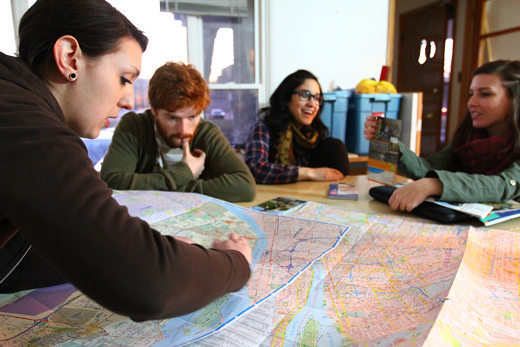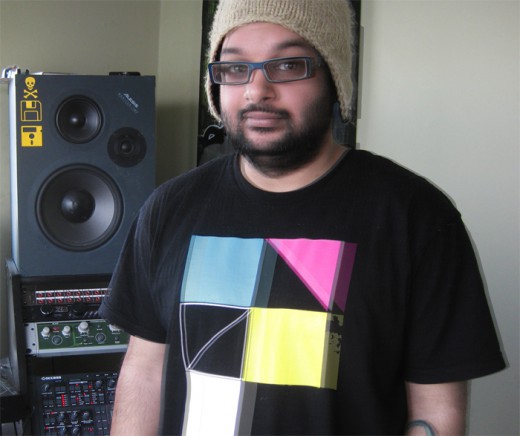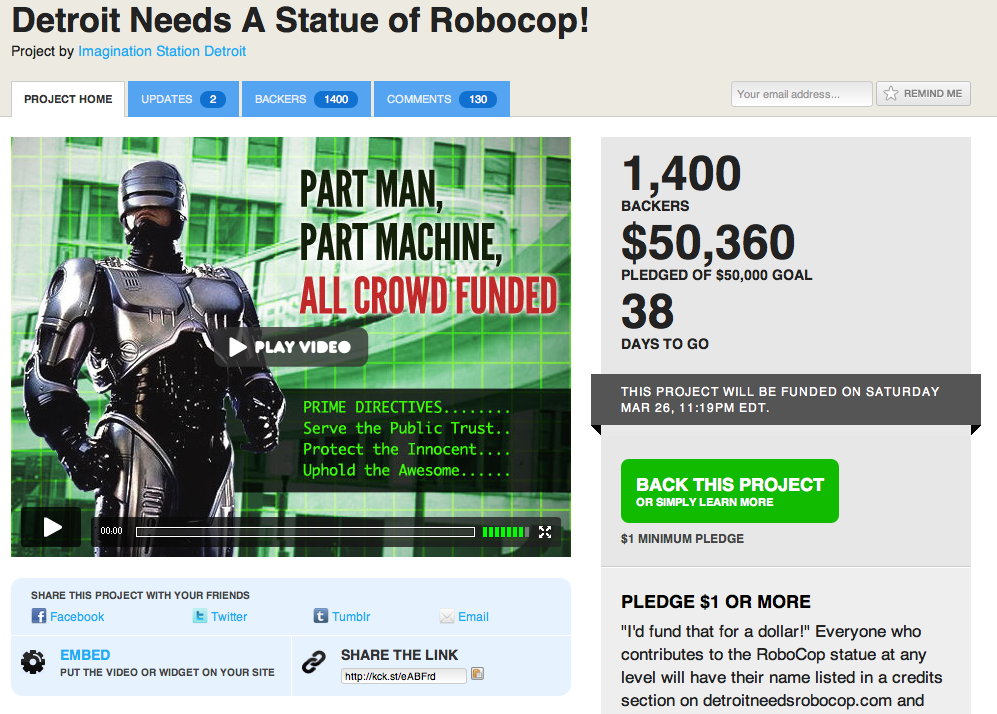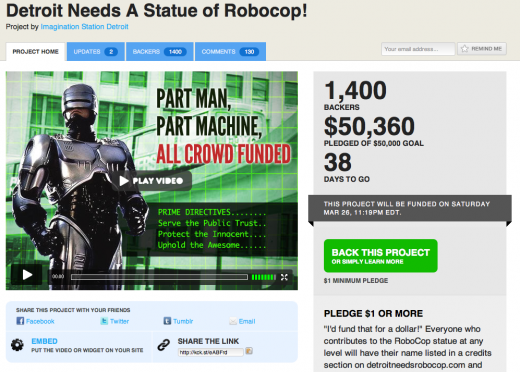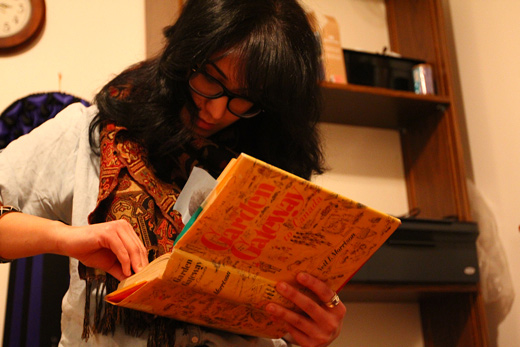The Night Sky Billboard Project from Charlie Michaels on Vimeo.
In collaboration with a local sign painter named Bird, who has been leaving his mark along Detroit’s streets for decades, an artist and our friend, Charlie Michaels turned an old vacant Detroit billboard into a big painting of the night sky – for star gazing in the city.
Above the intersection of Mack Ave. and Mt. Elliott St. on the east side of Detroit, a billboard that’s been sitting empty for decades displays an image of the night sky. Allowing those who pass underneath to see the stars more clearly than they are visible in the city, it offers a quiet reminder to notice what is always present but cannot always be seen.
Charlie says, “The collaboration with bird came out of a desire to integrate the project into the neighborhood somehow instead of simply using it as the destination. Streets on the east side of Detroit are covered with hand painted ads and murals – seeing this project as an addition to this gallery already in the street and wanting to acknowledge those artists whose work is already so present, I decided to seek out a collaborator. Bird was amazing to work with because his work is really everywhere, an entire lifetime of painting on view all over the east side.”
The video provides a very cool behind-the-scenes look at the installation and creation of the work. I heart billboards and this project.
